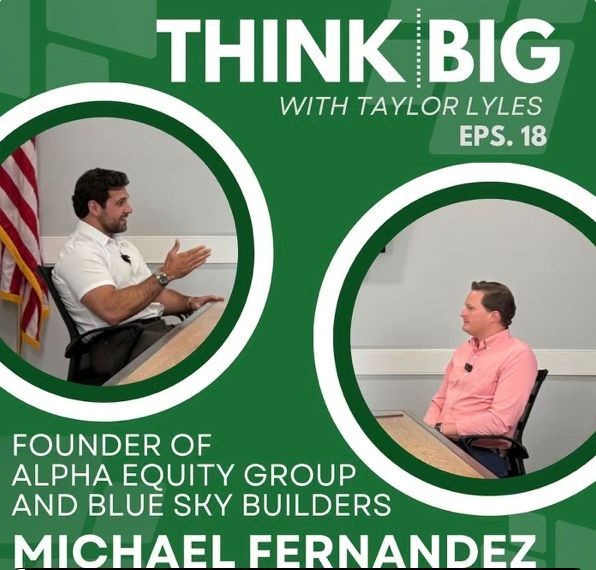Negative Leverage
What is Negative Leverage?

Understanding Negative Leverage in the Current CRE Market
In commercial real estate (CRE), negative leverage occurs when a deal’s debt constant exceeds its unlevered rate of return. This concept has become increasingly relevant in today’s market, especially after the Federal Reserve raised interest rates 11 times in an attempt to control inflation, which was exacerbated by supply chain disruptions following the COVID-19 pandemic.
The Federal Reserve’s Rate Hike Cycle and Its Impact on Debt
The Fed’s interest rate hikes began in March 2022, when they increased the rate from 0% to 0.25-0.5%. By July 2023, the Fed Funds rate had risen to a range of 5.25-5.50%. The Fed Funds rate is crucial because it serves as the benchmark for floating rate loans and influences long-term rates across financial markets. This rate dictates borrowing costs, thereby impacting asset demand and capital flows in the global economy. When the Fed raises rates, borrowing becomes more expensive, which, in turn, affects the demand for assets traditionally financed with debt, such as real estate.
The Role of Debt and Equity in Real Estate Investing
In commercial real estate, investors often use debt (leverage) to enhance returns that they wouldn’t be able to achieve with equity alone. To understand how this works, it’s important to first grasp some basic financing principles. Real estate investments are often seen as an alternative to traditional vehicles like stocks, bonds, and cash. Investors looking to diversify their portfolios into real estate evaluate potential returns by assessing the financial performance of an asset and its submarket. They forecast future cash flows and use these projections to determine a target return that meets their investment goals. Capital in real estate deals typically comes from two sources: debt and equity. Debt is generally cheaper than equity because it carries less risk. Lenders, who are the providers of debt, are paid back first if a deal faces challenges, making their position less risky. Equity investors, on the other hand, bear a higher risk, including the possibility of total loss. For this reason, they expect a higher return on their investment.
Valuation and the Role of Cap Rates
To determine the value of a commercial real estate asset, investors look at its net operating income (NOI) — the income remaining after operating expenses have been paid. The NOI is divided by a capitalization rate (cap rate) to calculate the asset's value. The capitalization rate can be viewed as an inverse of the P/E ratio, or multiple on earnings.
Cap rates reflect the return an investor would expect from an all-cash purchase, without the influence of leverage. A higher cap rate generally signals a riskier investment, while a lower cap rate indicates a less risky investment. When investors add debt to the deal, they aim to generate a return that exceeds the cap rate and to measure this, they compare the debt constant (the interest rate adjusted for amortization) with the unlevered return (the cap rate).
The Impact of Rising Interest Rates on Property Values
The Federal Reserve's series of rate hikes has significantly impacted commercial real estate valuations by increasing the cost of debt. When debt becomes more expensive, the amount of leverage lenders are willing to provide decreases. Lenders typically require a debt service coverage ratio (DSCR) of 1.25x over the asset’s NOI. As interest rates rise, lenders reduce the loan amounts to ensure this cushion, which in turn lowers the loan-to-value ratio for the asset. This poses a significant problem in the current market: as leverage shrinks and asking prices remain relatively unchanged, equity must step in to fill the gap. Since equity investors demand higher returns than debt providers, this makes sellers’ old pricing expectations (when rates were much lower) more difficult for buyers to meet their required return thresholds.
The Disconnect Between Buyers and Sellers
Sellers, who have held onto asset values that were determined before the interest rate hikes, are now facing a market where buyers can’t justify these prices given the higher cost of debt. In many cases, debt constants are now higher than cap rates, resulting in negative leverage for most transactions. Buyers are unable to meet their return expectations because they cannot leverage debt in a way that makes sense under the current interest rate environment. As a result, there is a disconnect between sellers, who are reluctant to adjust their asking prices, and buyers, who are constrained by higher borrowing costs. While the gap between seller expectations and buyer offers has narrowed, it is clear that more adjustment is needed for transactions to occur on a broader scale.
What Needs to Happen for the Market to Move Forward?
For the CRE market to regain momentum, one of the following would need to ocurr:
- Price Reductions: Sellers may need to accept lower prices to align with buyers' expectations, making transactions viable once again.
- Interest Rate Reductions: If interest rates were to decrease, buyers could more easily meet their equity return expectations without requiring further price reductions.
- Increased Net Operating Income: A rise in NOI could help offset higher borrowing costs, potentially restoring positive leverage.
However, given the current economic cycle, options two and three appear unlikely to materialize soon. As a result, the most probable scenario is that prices will need to come down to facilitate transactions.
Looking Ahead: The Potential for Price Adjustments
As debt maturities increase, it is likely that more sellers will be forced to accept lower prices to avoid defaulting on their loans. These price reductions could help bring the market back into balance, enabling transactions to resume. The key challenge will be bridging the gap between seller expectations and buyer realities in an environment where higher interest rates and reduced leverage have fundamentally altered the dynamics of commercial real estate investing.



